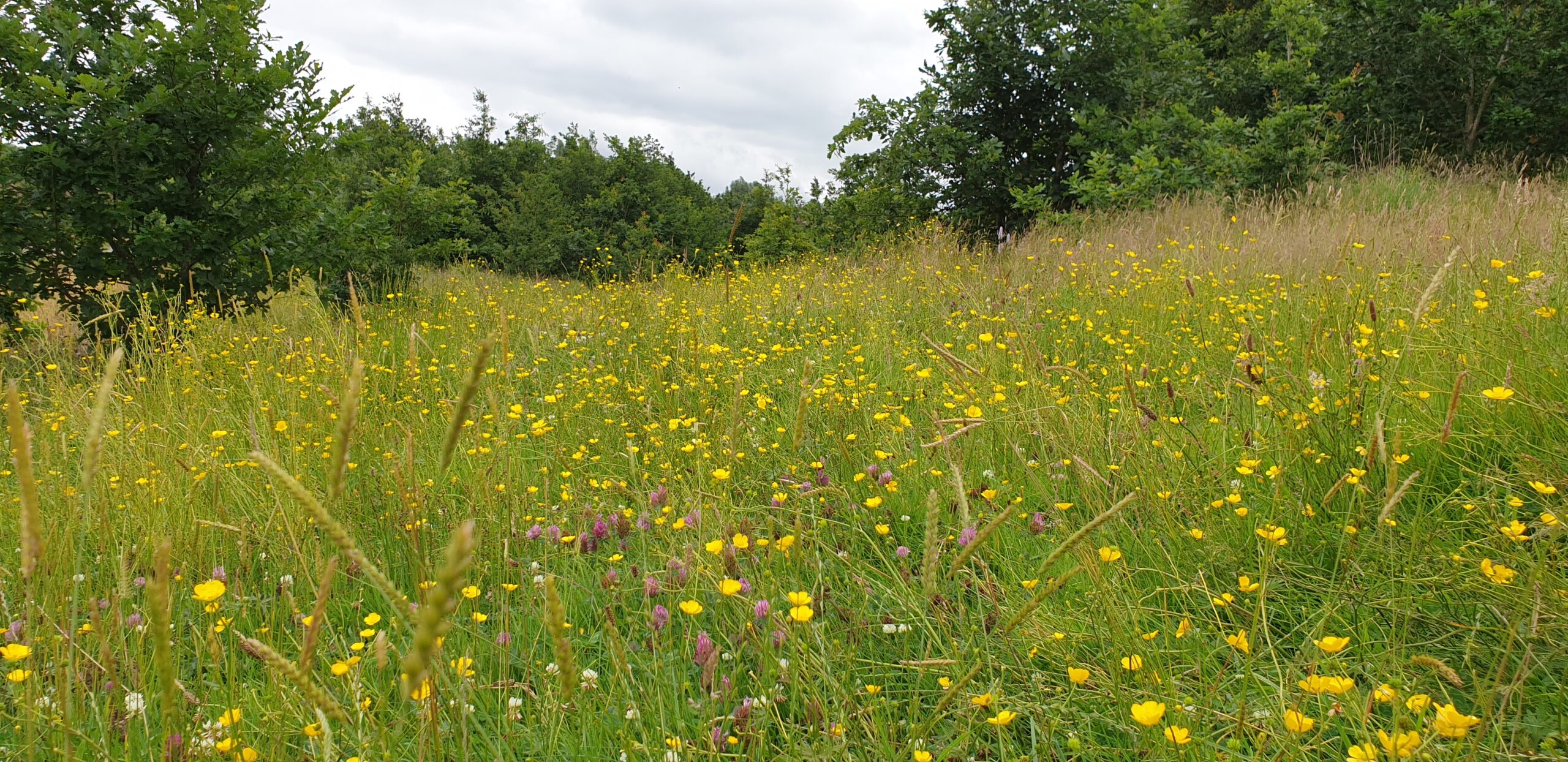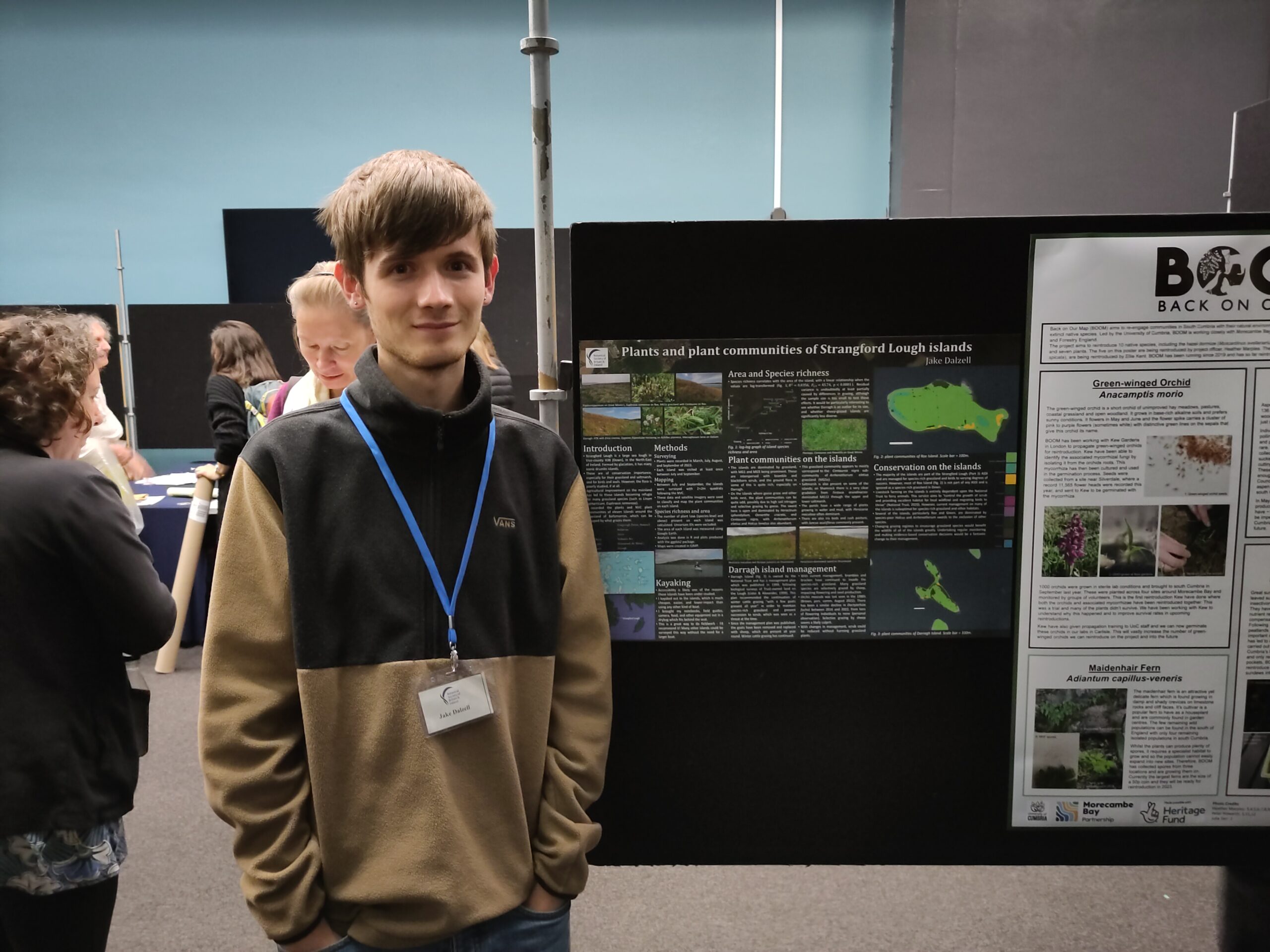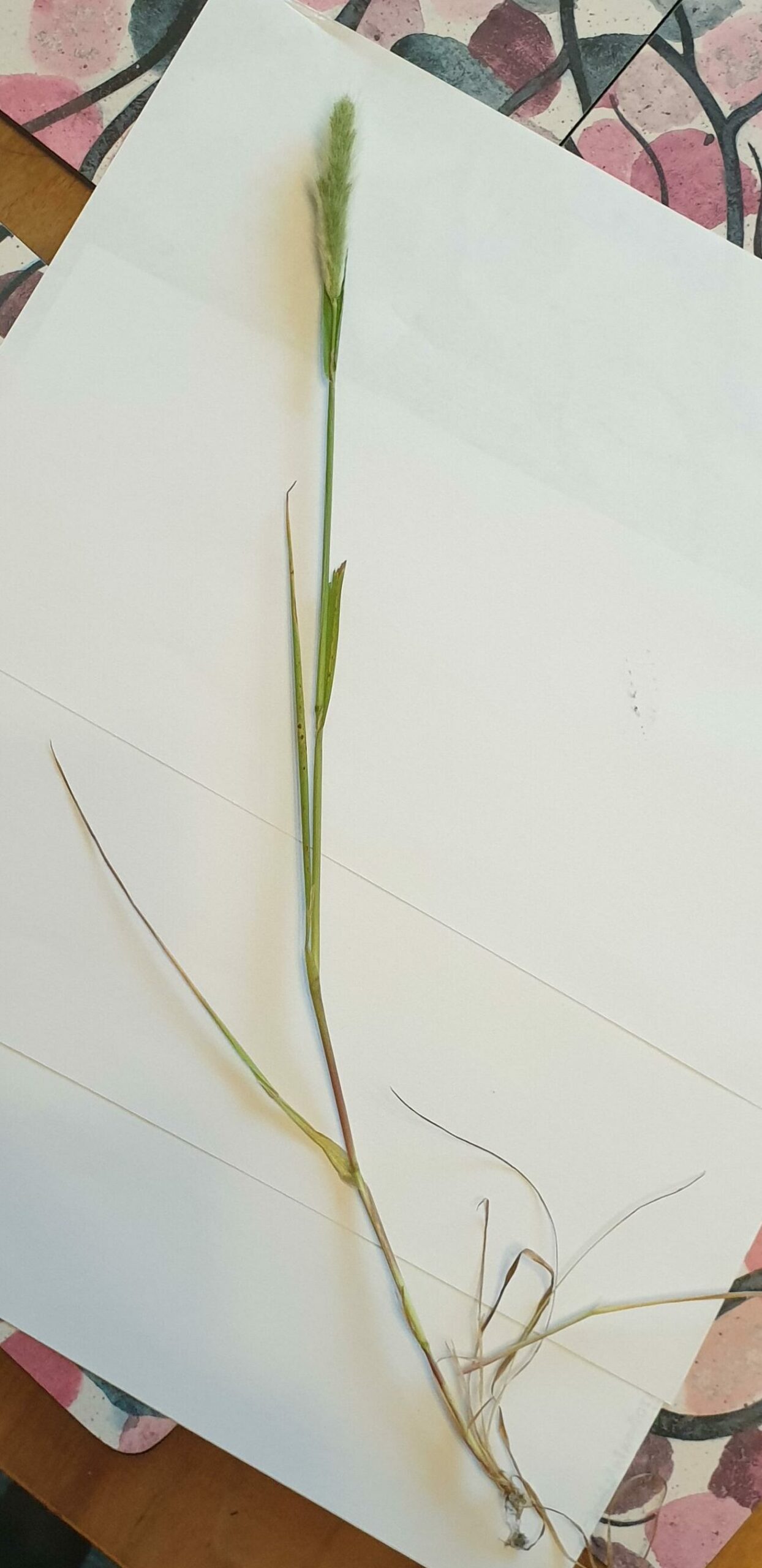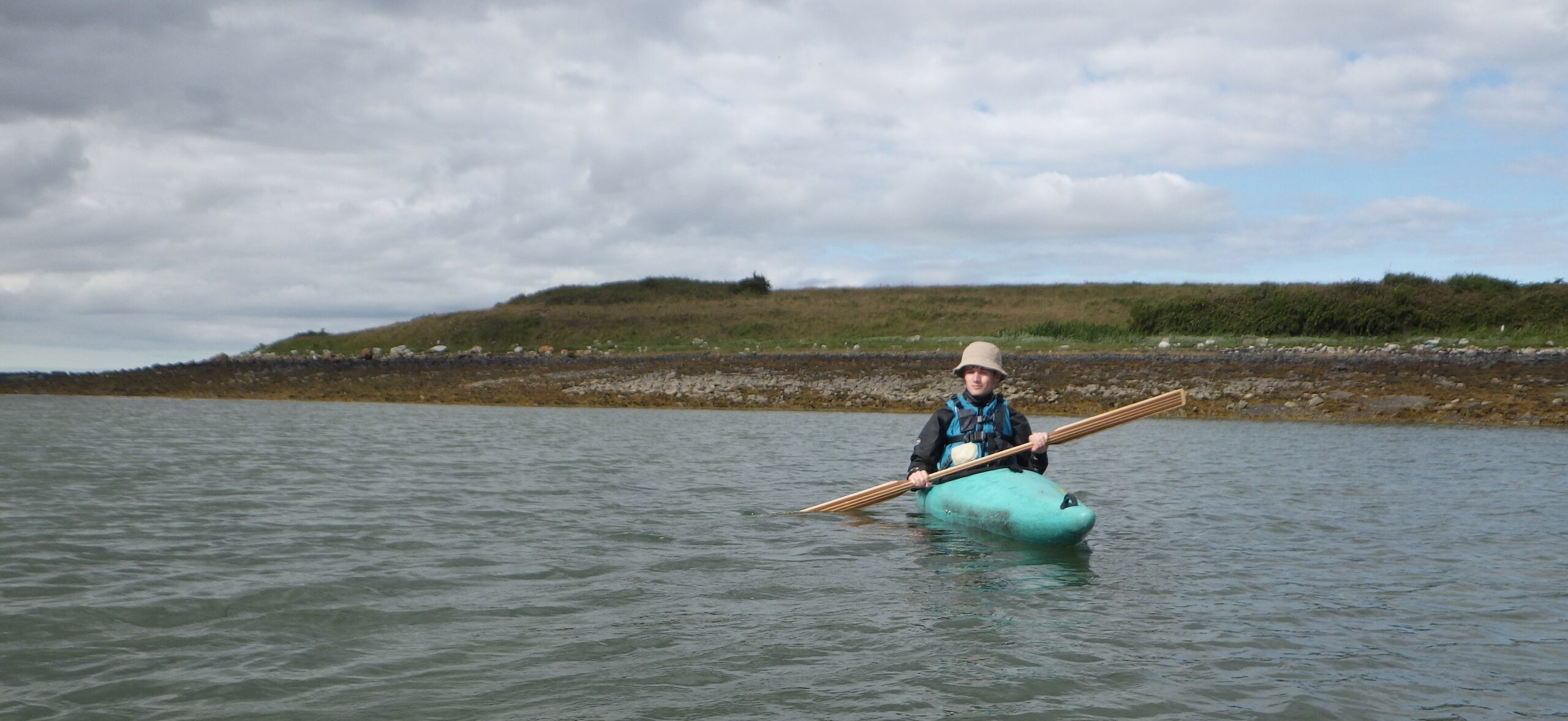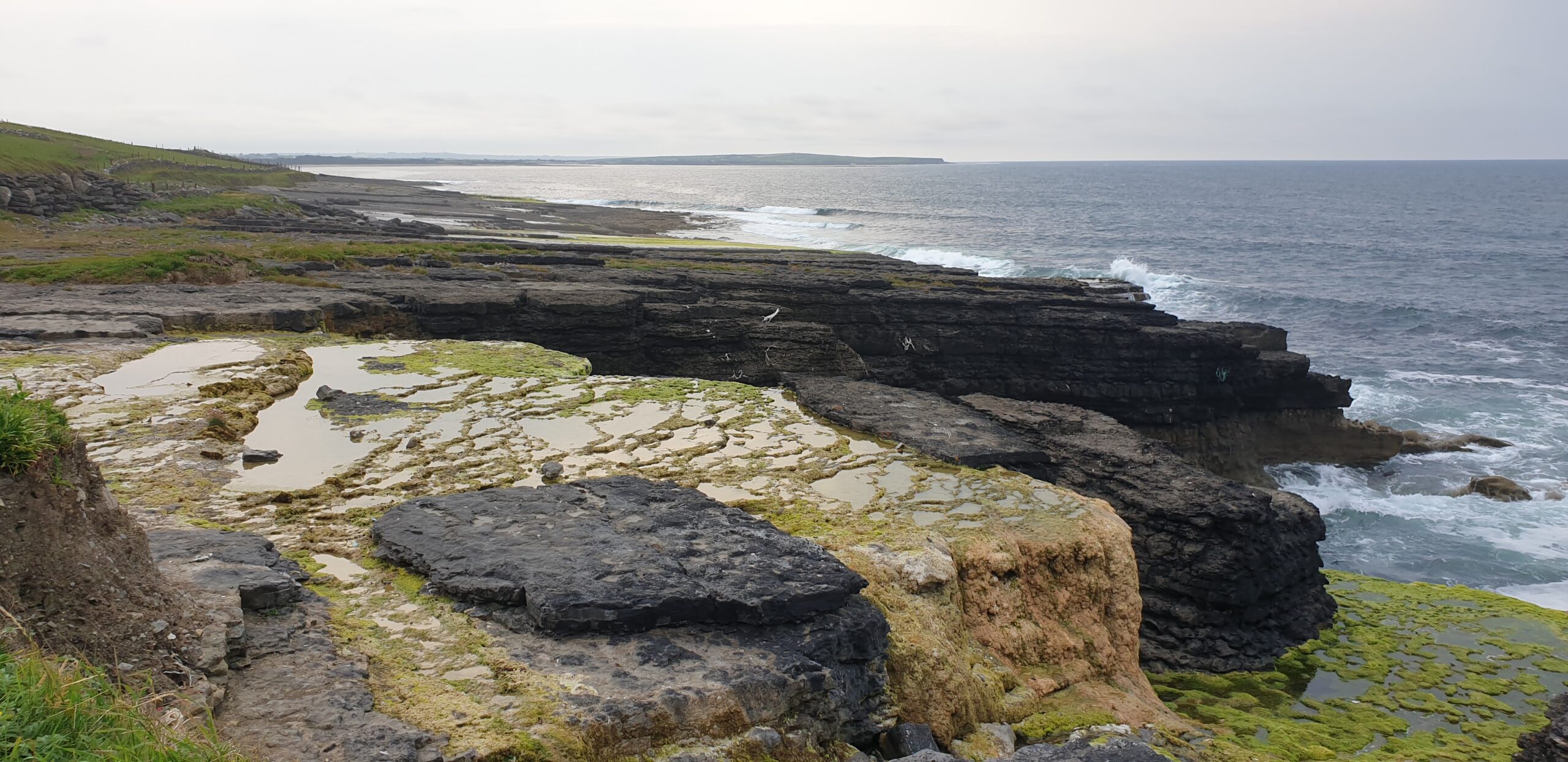
As someone who has been deeply interested by plants as long as I can remember, I have grown to appreciate all the different habitats I come across in Ireland. Each has its own unique set of species, but one that has always particularly caught my attention is our grasslands.
